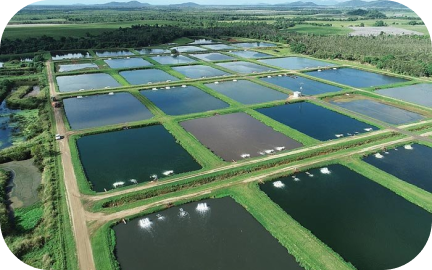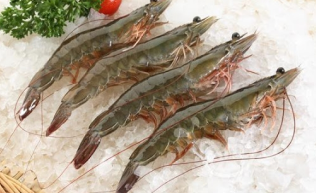Why is Artemia Profitable?
There are different types of food for shrimp. However, Artemia stays on top of search engines. Why does this creature have such power?
Artemia is not exotic for fisherman households. Artemia is a scientific name for brine shrimp. It often swims in an upside-down position by rhythmically beating its legs. Artemia is farmed seasonally.
Artemia is greatly profitable for those who raise and sell it for buyers. In Mekong Delta, Vietnam, farmers can export them to the US at the price of 50 million VND/ kg. There are several reasons to explain. Firstly, due to its high source of protein, which is very healthy for shrimp. Secondly, the growth rate of Artemia is very fast, so you do not have to wait for too long to get mature Artemia. Thirdly, you can earn money from their eggs also. In this article, we explore deeper insights about those mentioned reasons.
Fast-pace of growth
Artemia includes a large number of reproducing populations. To know the real sex of Artemia, scientists have to establish the cross-breeding test, morphometrical differentiation, cytogenetics, and allozyme studies. Due to the nature-born characteristic, Artemia increases population very fast. It takes them 2-3 weeks to grow from Nauplii to adult.
Artemia is mostly produced from feral strains. Several pieces of research conducted mentioned that Artemia is steadily growing as a model of the organism in aquaculture breeding programmes to help distress the resistance and stress tolerance.
You can quite raise brine shrimp from Nauplii to adulthood very quickly and easily. As they do eat Nauplii, they do not need a larger aquarium nor should you worry about trying to breed them since eggs are inexpensive.
Easy Feeding
The same food can be given to adult brine shrimp. You can think of it as gut loading - a concept often employed by reptile and amphibian keepers. As being fed by insects and other prey nutritious food, they provide a predigested nutritional boost for predators. In addition, omnivorous fish are benefiting greatly from a spirulina kick to their brine shrimp. Moreover, they can eat human food (eggs, whey, flour, or soybean powder)
Wide applications
Artemia is considered the most widely used food item in the world, over 2000 tons of Nauplii are marketed worldwide.
Artemia is usually known as shrimp food. However, it has other functions such as supporting salt production. Brine shrimp have the ability to control the amount of salt they absorb into their bodies. Similar to the saline environment, brine shrimp also deal with low oxygen levels. Hence, the quality of salt will be improved.
Brine shrimp is critical to the ecology of the lake, it consumes algal bloom which is harmful to other sea creatures. It is also known as sea monkey because of its rich protein for marine and freshwater creatures. Scientists prove that brine shrimp are easily digested by sea creatures. People also estimate the quality of shrimp food based on its ability to dissolve in water.
High Nutritional Values
Artemia has very high nutritional values. In particular, their eggs are a good source of lipid and fiber. Thus, people figure out how to catch their eggs rather than Nauplii or adult Artemia.
Nauplii contain 67.8% protein and eggs contain 61% protein. Lipid accounts for 4% in eggs and 0.2% in nauplii. Fiber accounts for 27.9% in eggs and 26.4% in Nauplii.
The nutritional value of Artemia cysts naturally depends on geographical sources, highly unsaturated fatty acids. In addition, the value can be earned artificially by improving the hatchery use and maximising the nutritional value of Artemia nauplii. The technique is taken advantage of the indiscriminate filter-feeding behaviour of Artemia. Moreover, it is used for the administration of fatty acids, vitamins, essential nutrients, and therapeutics to fish and shrimp larvae. Artemia is used in the form of freshly hatched nauplii.
Conclusion
Artemia is important because of its origin and rich nutritional values. Not only adults, but Artemia is also edible for sea creatures, so do their babies. In addition, because Nauplii (Artemia babies) grow and hatch in a very short time, it is very profitable for vendors as they can gain income from Artemia sales/ export. Do not forget to share with your friends and follow our website for more posts ahead.
ARTEMIA VIET NAM








